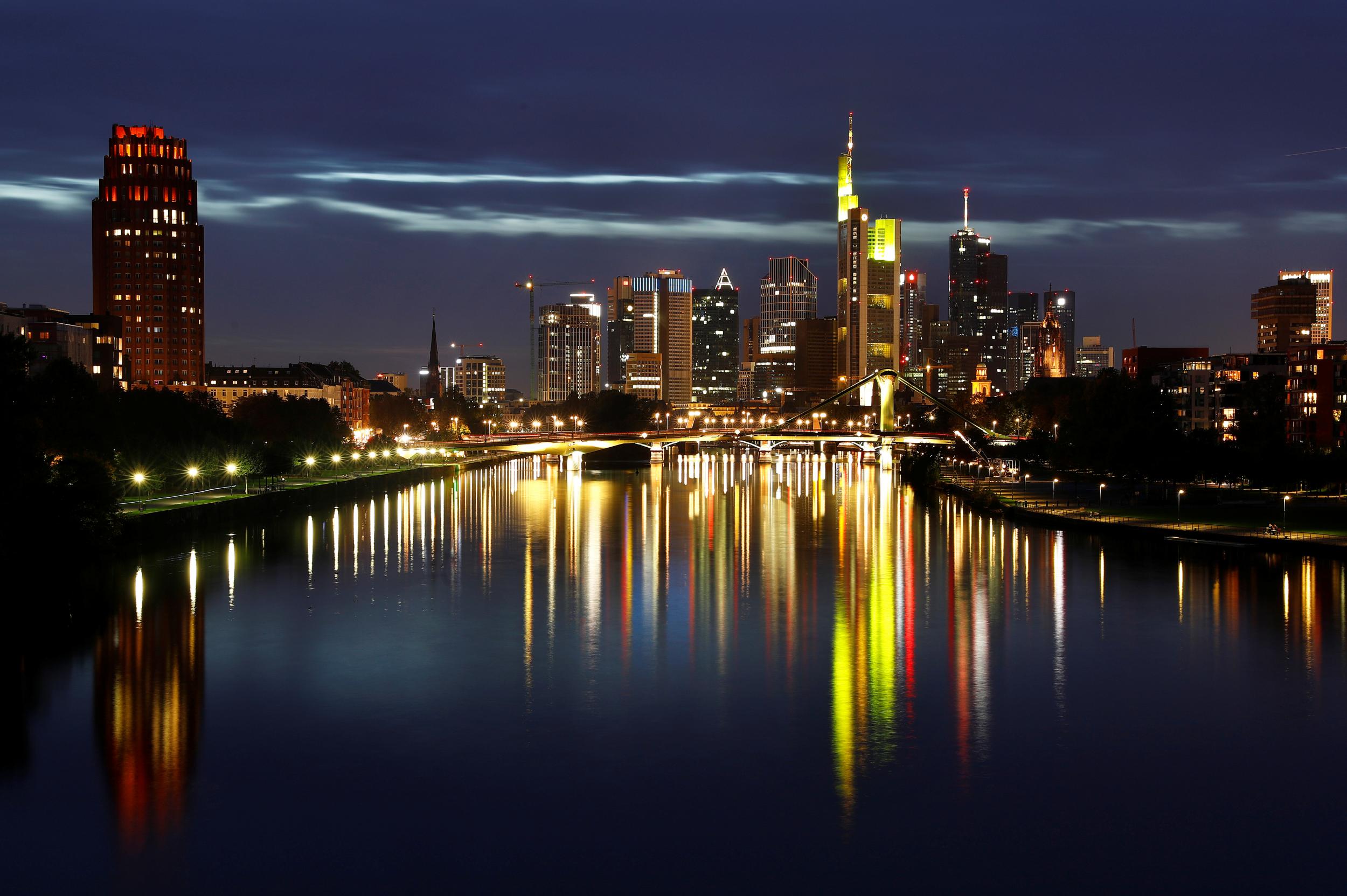German industrial output posts biggest surge since July 2011
Industrial output increased by 2.6 per cent on the month in August after edging down by 0.1 per cent in July, data from the Economy Ministry showed

German industrial production jumped more than expected in August, posting its biggest monthly increase in more than six years, data showed on Monday, in a further sign that Europe’s biggest economy is set for solid growth in the third quarter.
Industrial output increased by 2.6 per cent on the month in August after edging down by 0.1 per cent in July, data from the Economy Ministry showed.
That was the strongest monthly gain since July 2011 and easily beat expectations in a Reuters poll for a 0.7 per cent rise, surpassing even the most optimistic estimate.
“These figures are very good,” said Commerzbank economist Ralph Solveen. He pointed to special factors such as plant holidays falling into the previous month in some regions this year, adding that output was likely to come in weaker next month.
“Overall, we expect solid (GDP) growth in the third quarter. Our estimate is roughly 0.6 per cent on the quarter,” Mr Solveen said.
Manufacturing output rose by 3.2 per cent, its biggest rise since March 2010, as factories churned out more intermediate goods, capital goods and consumer goods in August. Energy output also rose while construction activity fell.
Manufacturers of cars and other vehicles were the main driver behind the overall surge, the ministry said, also pointing to the fact that plant holidays this year fell in July in some regions.
The ministry said industrial production had gained momentum since the start of the year.
“The good business morale and the positive development in industrial orders point to a continuation of the solid industrial upswing,” it said.
Data published on Friday showed that strong foreign demand, especially from clients outside the euro zone, drove a bigger-than-expected jump in industrial orders in August.
The German economy grew 0.7 per cent on the quarter in the first three months of the year and 0.6 per cent from April to June, driven by increased household and state spending as well as higher investment in buildings and machinery.
Leading economic institutes have raised their growth forecast for the German economy to 1.9 per cent in 2017 and 2.0 per cent in 2018. This would translate into calendar-adjusted GDP rates of 2.2 per cent and 2.1 per cent respectively.
The German government will present its updated projections for GDP growth, employment and inflation on Wednesday.
“The outlook further ahead is positive too, with domestic demand supported by low unemployment and still loose monetary policy and the global environment supportive,” Capital Economics analyst Jennifer McKeown said.
The economy might even benefit from a small post-election fiscal boost, Ms McKeown said, adding she expected German GDP to rise by an even stronger rate of 2.3 per cent this year.
Reuters
Subscribe to Independent Premium to bookmark this article
Want to bookmark your favourite articles and stories to read or reference later? Start your Independent Premium subscription today.

Join our commenting forum
Join thought-provoking conversations, follow other Independent readers and see their replies